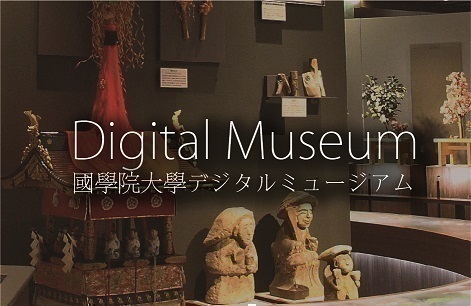- トップ
- Encyclopedia of Shinto
- Kamimusuhi
Encyclopedia of Shinto
| Main Menu: | |
| Links: |
詳細表示 (Complete Article)
| カテゴリー1: | 2. Kami (Deities) |
|---|---|
| カテゴリー2: | Kami in Classic Texts |
| Title | Kamimusuhi |
| Text | (Kojiki)(Nihongi) Other names: Kamimusuhi no kami, Kamimusuhi no mioya no kami, Kamimusuhi no mikoto(Kojiki. Nihongi) According to Kojiki, one of the three kami of creation (zōka sanshin), and classed as one of the "separate heavenly kami" (kotoamatsukami). Kamimusuhi came into being after Takamimusuhi as the third of the five solitary kami (hitorigami), and her presence was not visible. After Ōgetsuhime was murdered by Susanoo, Kamimusuhi, under the name of the mother deity Mioya no mikoto, transformed the grains produced from Ōgetsuhime's body into seed, thus becoming known as the "ancestral deity" of the five grains (see sojin). While a heavenly deity (amatsukami), Kamimusuhi has strong links to the earthly deities (kunitsukami) of the Izumo tradition, and when Ōnamuchi was burned to death by his brothers, she granted the wish of Ōnamuchi's mother by restoring him to life; Kamimusuhi's child Sukunahikona later assisted Ōnamuchi with the development of the land. Finally, when Ōkuninushi was enshrined as a condition for the "transfer of the land" (kuniyuzuri), the invocation of Kushiyatama initiating Ōkuninushi's worship included the name "Kamimusuhi no mioya no mikoto." These are the general details transmitted by Kojiki, which includes detailed episodes of the Izumo myths. Nihongi, on the other hand, describes Kamimusuhi only in an "alternate writing" relating the unfolding of heaven and earth, and elsewhere once as the parent of Takuhatachijihime (see Yorozuhatahime). Kogo shūi describes Kamimusuhi as the third child of Amenominakanushi, and the ancestor of the Ki clan. Based both on the fact that Shinsen shōjiroku describes Kamimusuhi as ancestor of numerous Izumo-related clans, and on the fact that the Izumo fudoki transmits the legend of Kamosu no mikoto, some people have theorized that Kamimusuhi was actually a kami of the Izumo lineage. On the other hand, the mythos also relates that Sukunahikona and Yorozuhatahime were the offspring of Takamimusuhi, and given that mioya is a title attached primarily to female kami, it is likely that Kamimusuhi was anciently considered the spouse of the heavenly deity Takamimusuhi. Kamimusuhi has strong links to the heavenly kami in other ways as well, as evidenced by her status as first in rank among the eight kami served by the priests of the Jingikan, and the fact that she is treated as a heavenly kami in the "spirit pacification" ritual of chinkonsai. -Mori Mizue |




